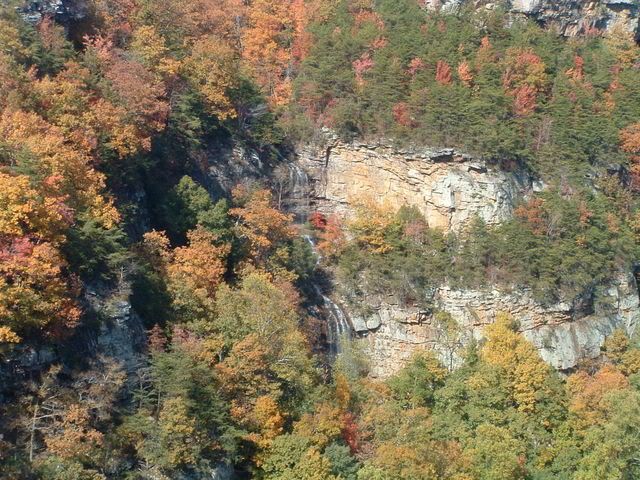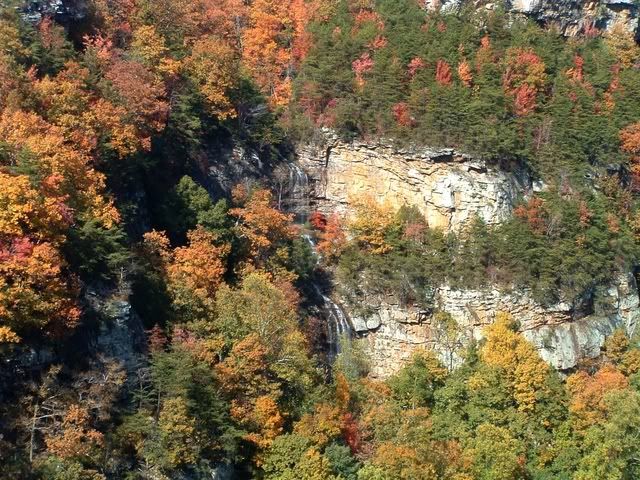LJay
Retired Mod
Nice pics, fine looking family. Wonder where papa is??????
With digital photography, any of us can have a mighty good time taking picture.

I agree with the earlier comment. USE FILTERS.
At minimun you want to have at least a UV and a Polarizing filter.


Using filters is an area that I do not know much about at all .. maybe there are others that need/want some info on then too.
With all of the fine pic takers we have, pro and amateur, hopefully some will share some guidelines with us on what types do certain things and when to use the different types of filters

If you are interested in learning more details on the settings used for photos, there are programs which will display the camera settings. The one that I have is View EXIF. By right clicking on the photo and selecting the program from the drop down menu, I get to see the information shown below. The information may not be available dependent upon the equipment used or the software used to porcess the file, but it can be interesting and an aid in understanding the camera setting used when the photos were taken.
The link to the website for ViewEXIF is http://ak.no-ip.com/EXIF/index_en.htm
Hoss

step 6. Drag viewexif.xpi to extension window .
step 7. Install it .




